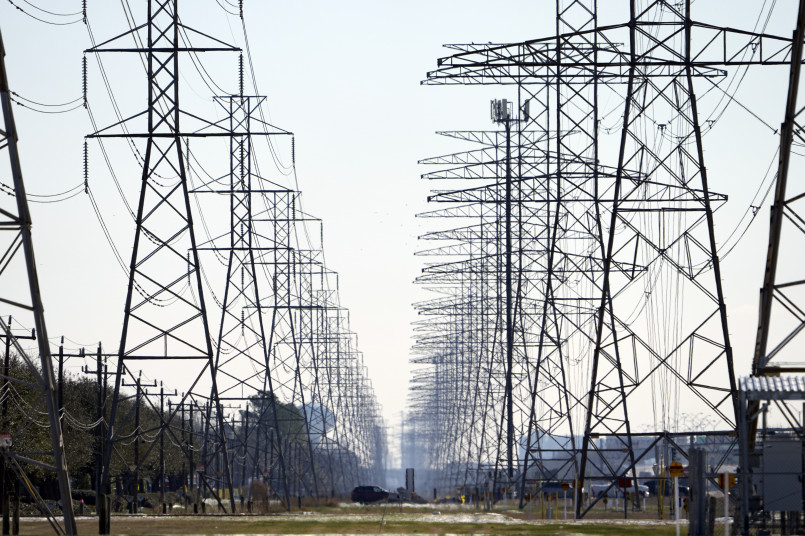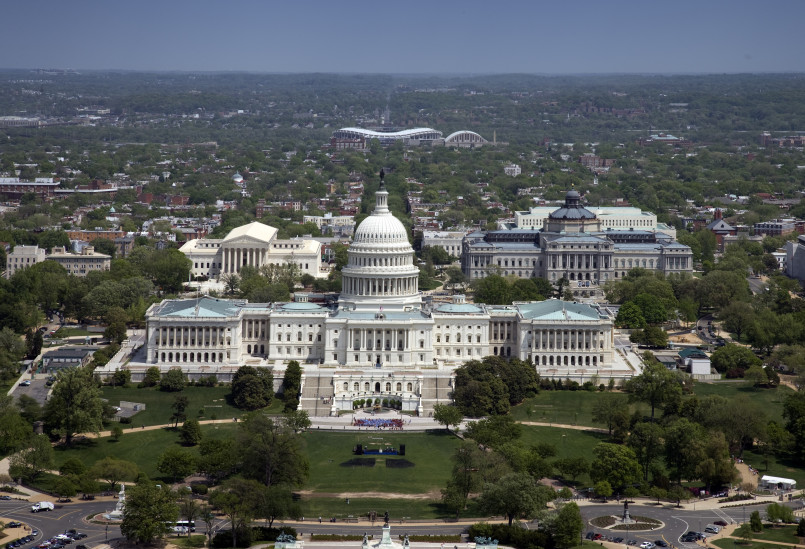The Federal Reserve, America's central banking system, wields enormous influence over the nation's economic health through monetary policy decisions that affect everything from interest rates to job growth. This exploration reveals how the Fed's actions impact everyday Americans and global markets.
The Federal Reserve stands as one of the most powerful economic institutions in the world, yet many Americans remain unclear about its functions and enormous influence on their daily lives. Created in 1913 following a series of financial panics, the Fed now serves as the central banking system of the United States, employing monetary policy to pursue maximum employment, stable prices, and moderate long-term interest rates.
From determining whether your mortgage rate increases to influencing job creation across the country, the Fed's decisions ripple throughout the economy in ways both obvious and subtle. Understanding how this institution operates provides crucial insight into the forces shaping America's economic landscape.
What Is the Federal Reserve?
The Federal Reserve System is the central bank of the United States, created by Congress to provide the nation with a safer, more flexible, and more stable monetary and financial system. Unlike many central banks globally, the Fed maintains a unique public-private structure that operates independently within government.
Established by the Federal Reserve Act in 1913 during President Woodrow Wilson's administration, the Fed emerged as a response to the financial panic of 1907, when the absence of a central authority to provide emergency funds led to widespread bank failures and economic distress.
The Fed serves five primary functions in the American economy:
- Conducting monetary policy to promote maximum employment, stable prices, and moderate long-term interest rates
- Promoting financial system stability
- Supervising and regulating financial institutions
- Fostering payment and settlement system safety and efficiency
- Promoting consumer protection and community development
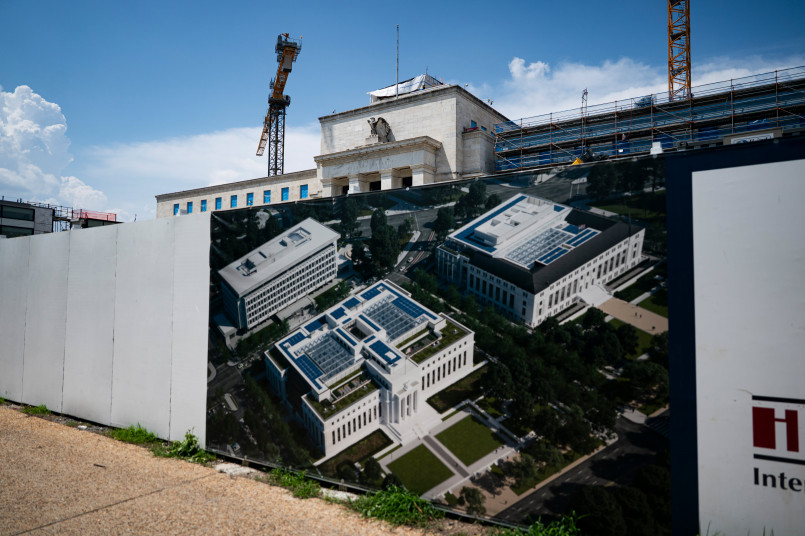
Structure and Leadership of the Federal Reserve
The Federal Reserve operates through a decentralized structure consisting of the Board of Governors in Washington, DC, and twelve regional Federal Reserve Banks located in major cities across the United States. This regional approach was designed to balance national economic policy with diverse regional economic concerns.
At the heart of Fed leadership is the Board of Governors, consisting of seven members appointed by the President and confirmed by the Senate for 14-year terms. This extended term length is specifically designed to insulate members from political pressure and short-term thinking.
The Federal Open Market Committee (FOMC) serves as the Fed's primary monetary policy-making body, comprising:
- The seven members of the Board of Governors
- The president of the Federal Reserve Bank of New York
- Four of the remaining eleven Reserve Bank presidents, who serve on a rotating basis
The Chair of the Federal Reserve, currently Jerome Powell, serves as the public face of the institution, communicating policy decisions and testifying before Congress. The Chair's statements are scrutinized globally, as even subtle changes in language can move financial markets significantly.
Monetary Policy Tools: How the Fed Controls Money
The Federal Reserve employs several powerful tools to implement monetary policy and influence the supply of money and credit in the economy. These mechanisms allow the Fed to respond to changing economic conditions, whether combating inflation or stimulating growth during downturns.
The federal funds rate stands as the Fed's primary and most visible tool. This interest rate-which banks charge each other for overnight loans-serves as a benchmark that influences virtually all other interest rates in the economy. When the FOMC adjusts this rate, the effects cascade through financial markets and eventually reach businesses and consumers.
Other critical monetary policy tools include:
- Open market operations: Buying and selling government securities to inject money into or remove money from the banking system
- Discount rate: The interest rate charged to commercial banks and other depository institutions on loans received from the Fed's discount window
- Reserve requirements: The amount of funds banks must hold in reserve against deposits
- Quantitative easing: Large-scale asset purchases to increase the money supply during economic crises
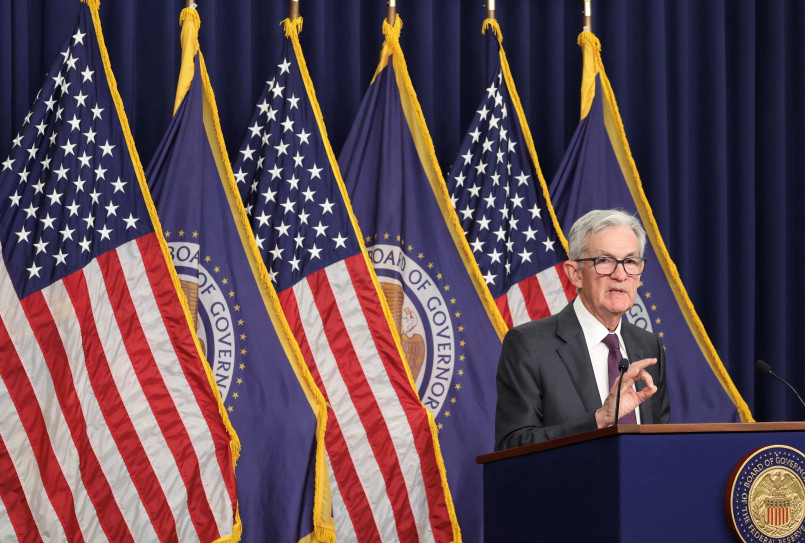
Interest Rates and Their Impact on Americans
When the Federal Reserve adjusts interest rates, the effects ripple throughout the economy, touching virtually every American's financial life. These decisions influence everything from mortgage rates and credit card interest to business investment and job creation.
During periods of economic weakness, the Fed typically lowers interest rates to stimulate growth. Lower rates reduce borrowing costs, encouraging businesses to invest and consumers to spend. Homeowners may refinance mortgages at lower rates, freeing up household income for other purposes. Car loans become more affordable, and businesses find it cheaper to expand operations and hire workers.
Conversely, when the economy overheats and inflation threatens, the Fed raises rates to cool economic activity. This makes borrowing more expensive, reducing demand for goods and services, which helps control rising prices but can slow growth and job creation.
The housing market shows perhaps the most direct and powerful connection to Fed policy. Even small changes in mortgage rates can significantly affect:
- Monthly payments on new mortgages
- Housing affordability for first-time buyers
- Home construction activity
- Home equity values for existing homeowners
Managing Inflation: The Fed's Balancing Act
Maintaining price stability represents one of the Federal Reserve's core mandates, requiring a delicate balance between supporting economic growth and preventing excessive inflation. The Fed generally targets an inflation rate of about 2% over the long run, viewing this level as consistent with healthy economic growth.
Inflation-the general increase in prices and fall in the purchasing value of money-erodes consumers' buying power when it runs too high. Fixed-income individuals like retirees particularly suffer as their savings buy progressively less. However, deflation (falling prices) can prove equally damaging, potentially triggering a downward economic spiral as consumers delay purchases expecting lower future prices.
The Fed monitors inflation through various measures, including:
- The Consumer Price Index (CPI), which tracks price changes for a basket of goods and services
- The Personal Consumption Expenditures (PCE) Price Index, the Fed's preferred inflation gauge
- Core inflation measurements that exclude volatile food and energy prices
- Inflation expectations surveys that capture what consumers and businesses anticipate
During periods like the 1970s, when inflation soared into double digits, the Fed under Chairman Paul Volcker dramatically raised interest rates, triggering a painful recession but ultimately taming runaway price increases. This historical episode demonstrates the difficult tradeoffs sometimes required in pursuing price stability.
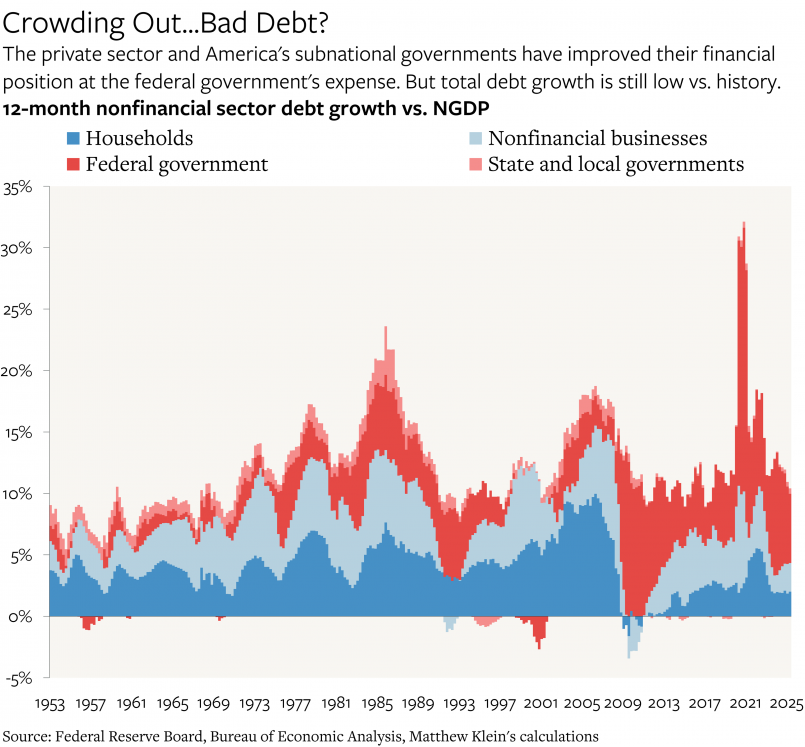
The Fed's Role in Financial Stability
Beyond its monetary policy responsibilities, the Federal Reserve serves as a guardian of financial stability, working to prevent systemic crises that could devastate the economy. This role became particularly visible during the 2008 financial crisis and the 2020 COVID-19 pandemic response.
As the lender of last resort, the Fed provides emergency liquidity to financial institutions during crises when normal lending channels freeze. This function helps prevent temporary liquidity problems from causing otherwise solvent institutions to fail, potentially triggering a domino effect throughout the financial system.
The Fed's financial stability responsibilities include:
- Supervising and regulating banks and financial institutions
- Monitoring financial markets for emerging risks
- Conducting stress tests to ensure banks can withstand severe economic downturns
- Requiring financial institutions to maintain adequate capital reserves
- Implementing emergency lending facilities during crises
During the 2008 financial crisis, the Fed took extraordinary measures, creating various emergency lending programs and working with the Treasury Department to stabilize the financial system. Similarly, in March 2020, as COVID-19 disrupted financial markets, the Fed rapidly deployed a range of tools to maintain market functioning and credit flow to households and businesses.
Critics and Controversies: The Fed Under Scrutiny
Despite its critical role in the economy, the Federal Reserve faces persistent criticism from various quarters, with debates about its independence, transparency, and the effectiveness of its policies. These critiques come from across the political spectrum, reflecting the institution's complex position in American economic governance.
Some economists and policymakers argue the Fed wields too much power with insufficient democratic accountability. Critics point out that unelected officials make decisions profoundly affecting millions of Americans' economic wellbeing. Others contend that the Fed has become too influenced by political pressures despite its ostensible independence.
Specific controversies surrounding the Fed include:
- Concerns about wealth inequality, with critics arguing that loose monetary policy disproportionately benefits asset owners while leaving behind lower-income Americans
- Debates about quantitative easing and whether massive asset purchases distort markets and create dangerous bubbles
- Questions about the Fed's regulatory approach and whether it has been sufficiently stringent with large financial institutions
- Arguments that the Fed's inflation targeting framework may be outdated in the modern economy
The "Audit the Fed" movement, which gained prominence after the 2008 financial crisis, called for greater congressional oversight of the central bank's operations. Proponents argued for increased transparency, while opponents warned that political interference in monetary policy could lead to short-term decision-making at the expense of long-term economic health.
Frequently Asked Questions About The Federal Reserve Explained: 7 Critical Ways It Shapes the US Economy
Can the President fire the Federal Reserve Chair?
The President cannot directly fire the Federal Reserve Chair. By law, Fed governors (including the Chair) can only be removed "for cause," which has been legally interpreted to mean serious misconduct, not policy disagreements. This protection helps maintain the Fed's independence from political pressure.
How do Federal Reserve interest rate decisions affect my mortgage?
When the Fed raises interest rates, mortgage rates typically increase because lenders base their rates partly on the federal funds rate. Higher mortgage rates mean larger monthly payments for new homebuyers and those with adjustable-rate mortgages. Conversely, when the Fed lowers rates, mortgage rates often decrease, potentially making homeownership more affordable.
Does the Federal Reserve print money?
The Federal Reserve doesn't physically print currency-that's the job of the Bureau of Engraving and Printing, part of the Treasury Department. However, the Fed does control the money supply through monetary policy tools like purchasing government securities, which effectively creates new money in the banking system electronically.
Is the Federal Reserve part of the government?
The Federal Reserve has a unique structure that is neither fully government nor private. It was created by Congress and serves public policy objectives, but it operates independently within the government with its own income. Fed governors are presidential appointees, but the 12 regional Reserve Banks have a corporate structure with boards selected partly by member banks.
How does the Federal Reserve make money?
The Federal Reserve generates income primarily through interest on government securities it purchases through open market operations, interest on foreign currency investments, and fees for services provided to financial institutions like check clearing. After covering expenses, the Fed returns most of its profits to the U.S. Treasury.
When has the Federal Reserve raised interest rates the most?
The most dramatic Federal Reserve interest rate increase occurred in the early 1980s under Chairman Paul Volcker. To combat inflation that had reached nearly 15%, Volcker raised the federal funds rate to an unprecedented 20% by June 1981. This aggressive policy triggered a recession but successfully brought down runaway inflation.

